
Integrated Animal Systems
Minnesota's livestock industry includes dairy, poultry, swine, and horse farms throughout the state. The University of Minnesota focuses on increasing the sustainability, profitability, and quality of care across the livestock industry.
Research and Extension are committed to:
- Developing new vaccines and disseminating management practices to improve animal wellbeing
- Tracing how animal diseases spread, developing biosecurity recommendations, and disseminating best practices for systems that ensure the health and safety of livestock products
- Studying and disseminating systems for manure management and for tapping new markets
- Exploring how pathogenic microbes and bacteria affect animal health
Research Highlights

The Minnesota Agricultural Experiment Station (MAES) at the University of Minnesota has awarded approximately $2.31 million from the Rapid Agricultural response Fund (RARF) to 10 research projects that will help protect Minnesota’s agricultural sector from current and emerging threats.
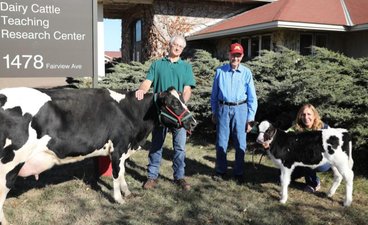
For almost 60 years, the University of Minnesota has maintained a one-of-a-kind herd of Holsteins. Scientists have now shown these unique “unselected” Holsteins offer considerable potential to help improve health traits of dairy cows. This includes a greater resistance to mastitis, a common infection in dairy cattle that significantly affects global milk production and can cause major health concerns for afflicted cows.
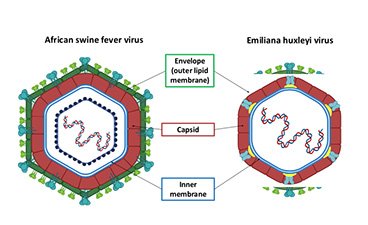
A team of researchers, led by University of Minnesota Professor Jerry Shurson, developed and validated a new surrogate virus assay for African Swine Fever virus (ASFV). This surrogate virus assay will allow researchers to better understand how ASFV survives in feed ingredients and to explore strategies to inactivate the virus and decontaminate facilities in the event of a potential ASFV contamination.
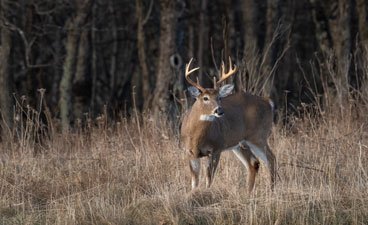
Over the last two years, researchers at the UMN have been working with several Minnesota agencies to facilitate surveillance and enhance our understanding of the risk for CWD spreading — a key concern for Minnesota legislators. In Minnesota, these partners include the Minnesota Department of Natural Resources (DNR), Minnesota Board of Animal Health (BAH), Minnesota Department of Agriculture, Minnesota Pollution Control Agency, several tribal natural resources agencies around the state and Extension specialists.
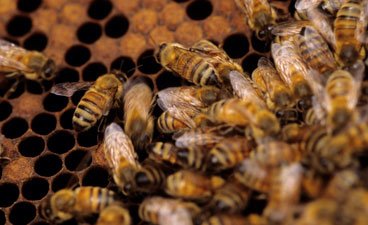
Colony collapse disorder (CDD) is a threat to the survival of honey bees and could significantly disrupt agricultural production. However, research into CCD is limited by the lack of in vitro cultures composed of honey bee cells. To address this limitation, UMN researchers at the Bee Lab and the Department of Entomology set out to develop a honey bee cell line that would support continuous culturing of the insect cells in order to develop a powerful tool to explore the process of infection and the negative impact pathogens may have on honey bee biology and health.

The microbiome in the gut or respiratory tract provides a protective layer against infectious diseases in swine. Thus, with microbiome research, researchers can determine how novel feed additives and management interventions work, by either enhancing the abundance of microbes that promote health and/or displacing those that cause disease. Even though microbiome research in swine production systems has shown an altered microbiome in poor performing or sick pigs, we need more studies that better characterize the systematic changes in microbiome diversity over time (from birth to after weaning) to predict health and performance outcomes.
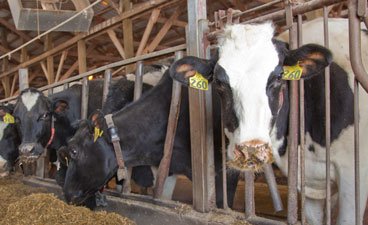
Over the past five years, UMN researchers in the College of Veterinary Medicine have spearheaded a project that selects cows for dry cow therapy. Selective dry cow therapy (SDCT) is an approach whereby only those cows or quarters with a known or suspected intramammary infection are treated with antibiotics at dry off.
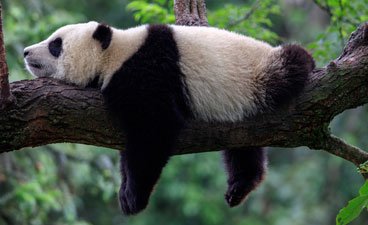
Pandas are one of most beloved and most endangered animals on the planet but their future is far from certain. UMN researchers, using genetic analysis methods often used for livestock, analyzed wild and captive panda populations in China.